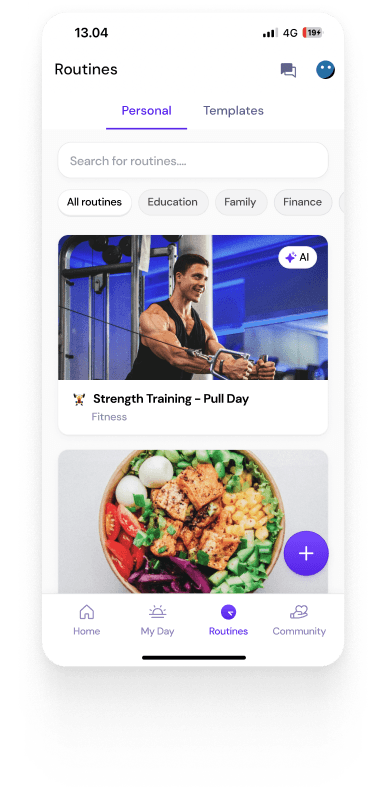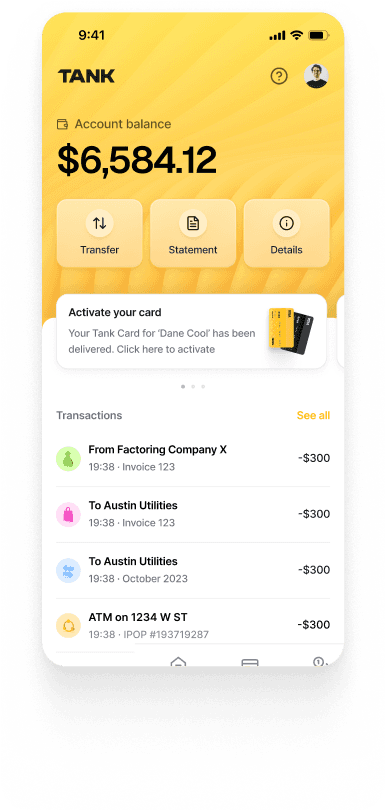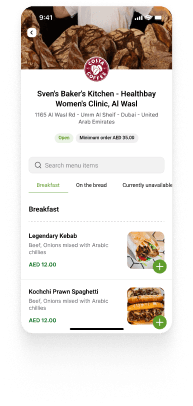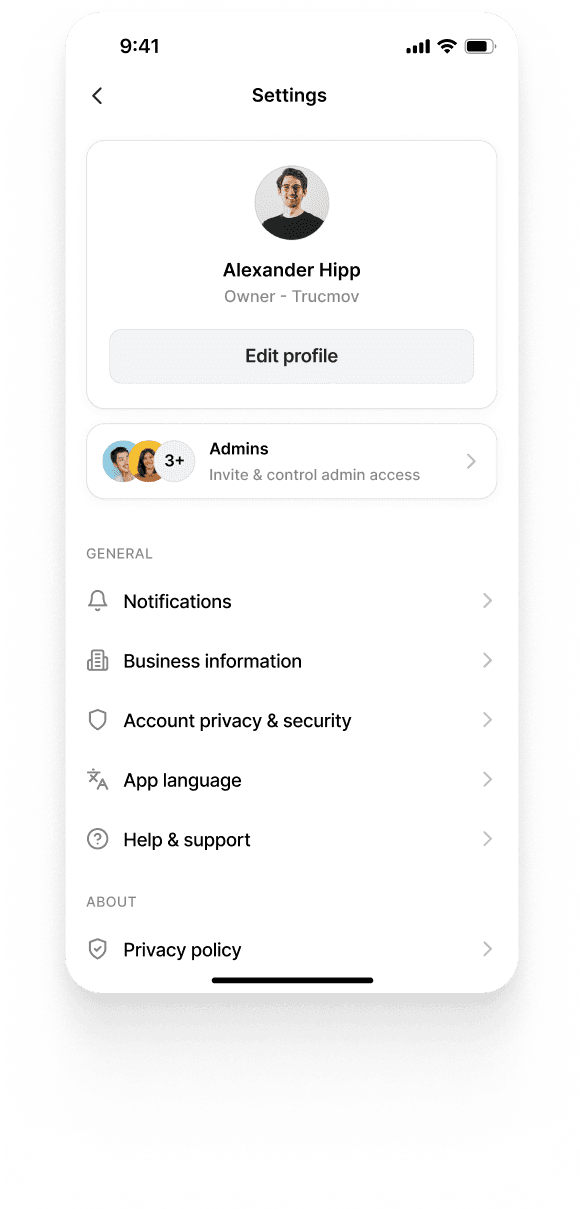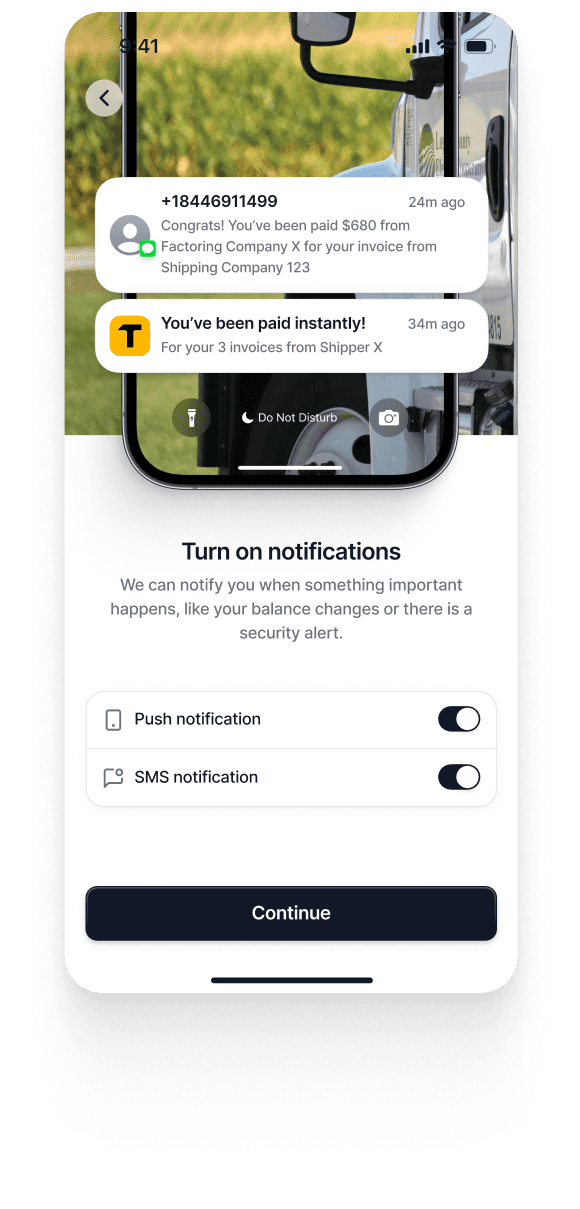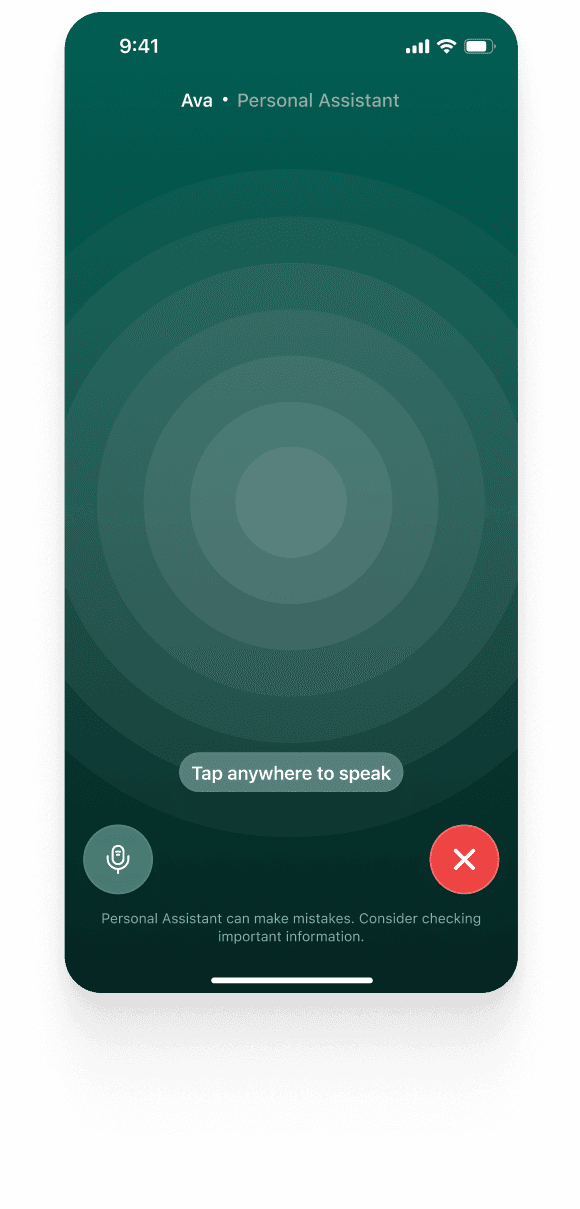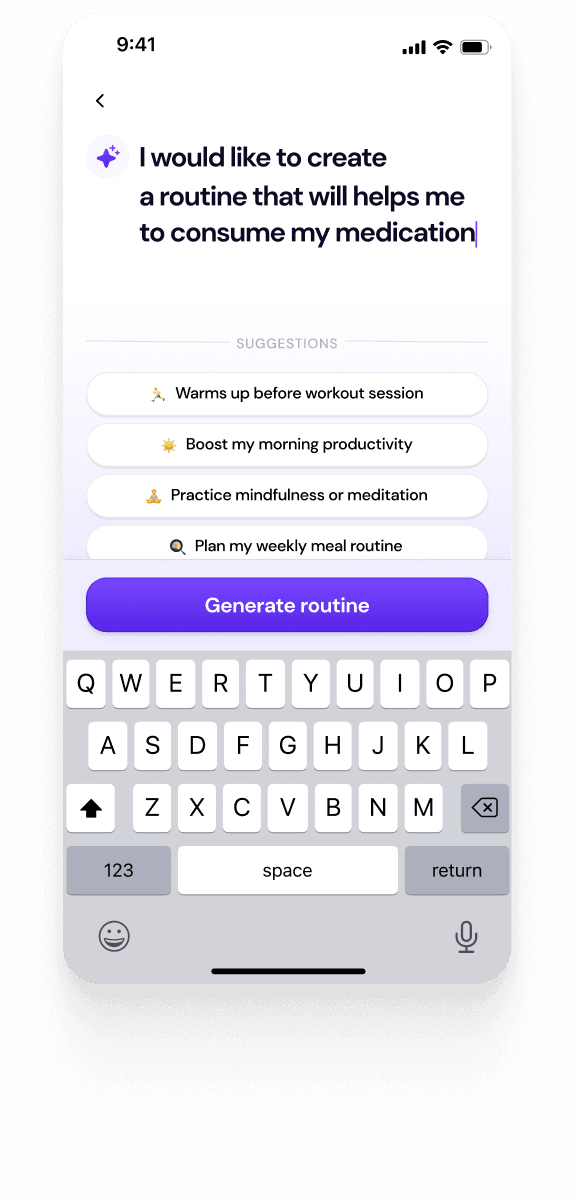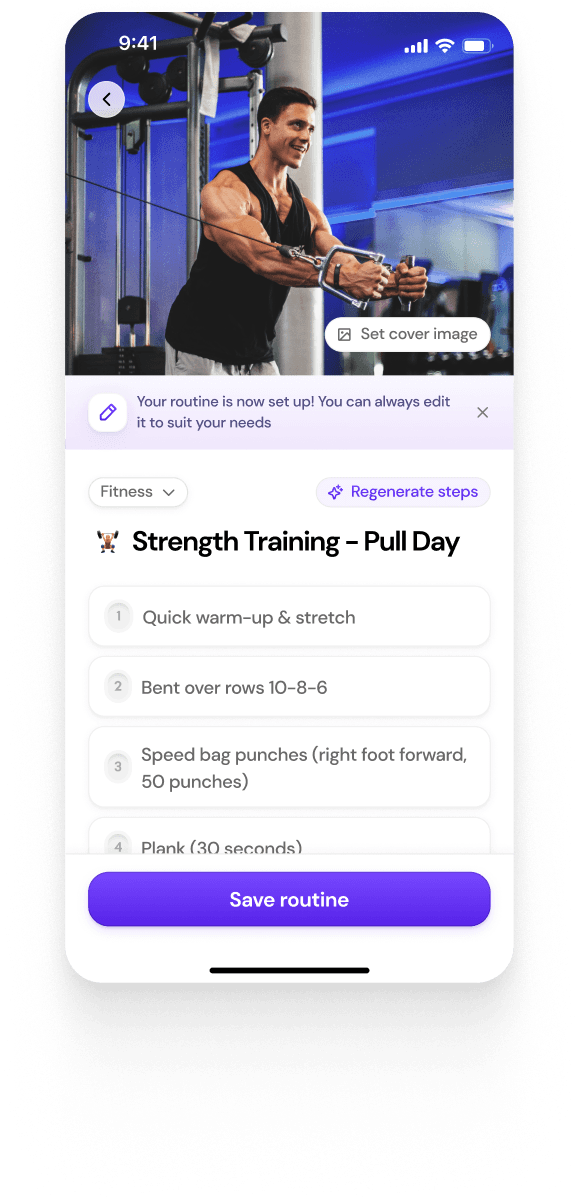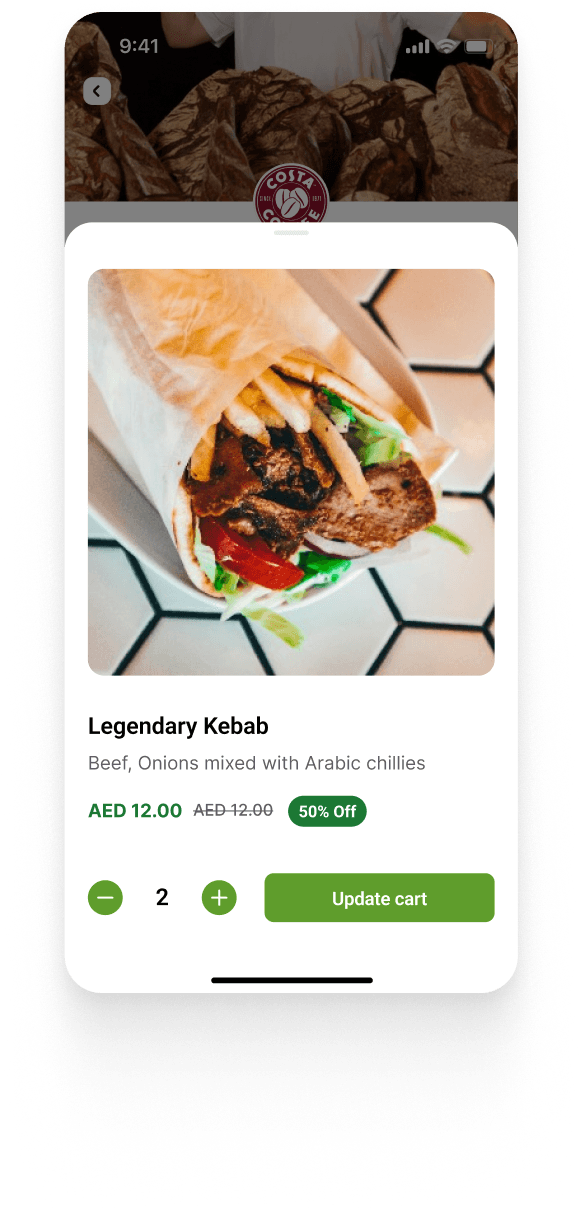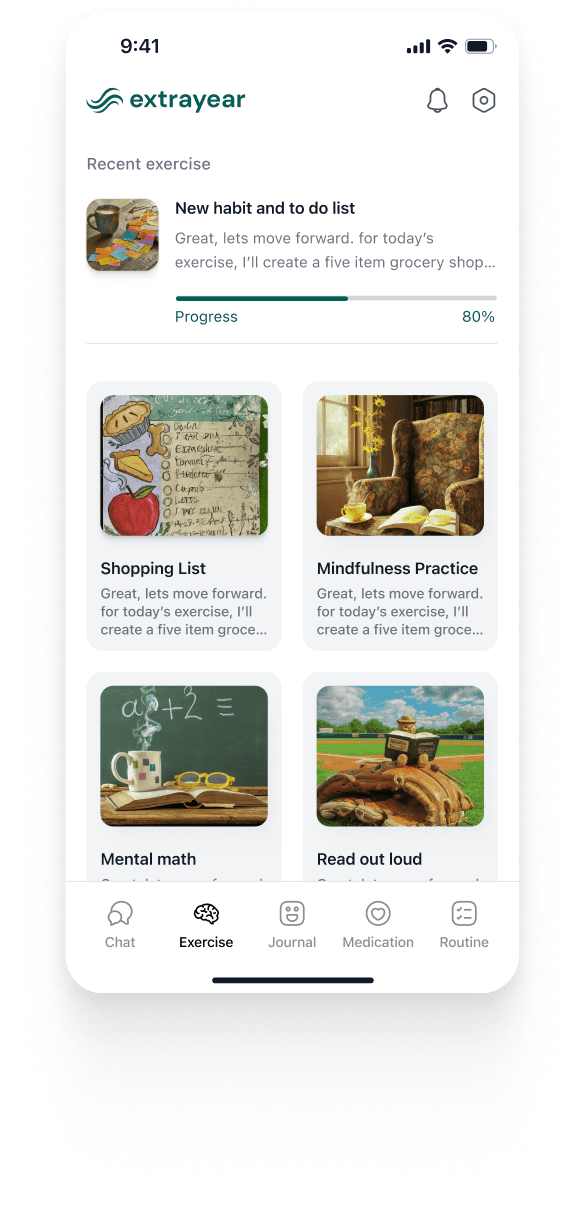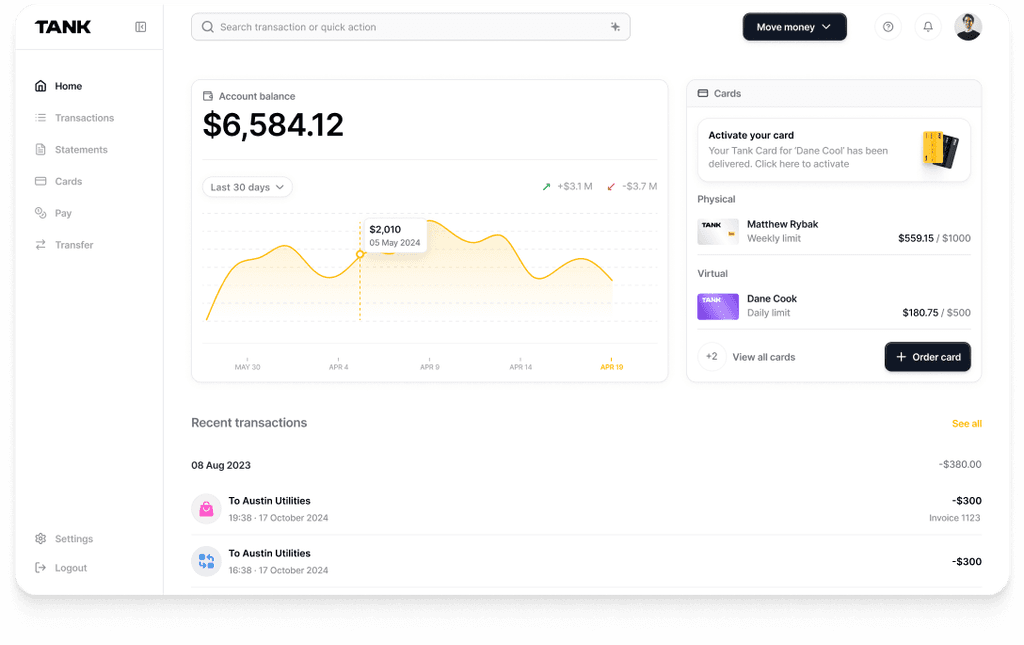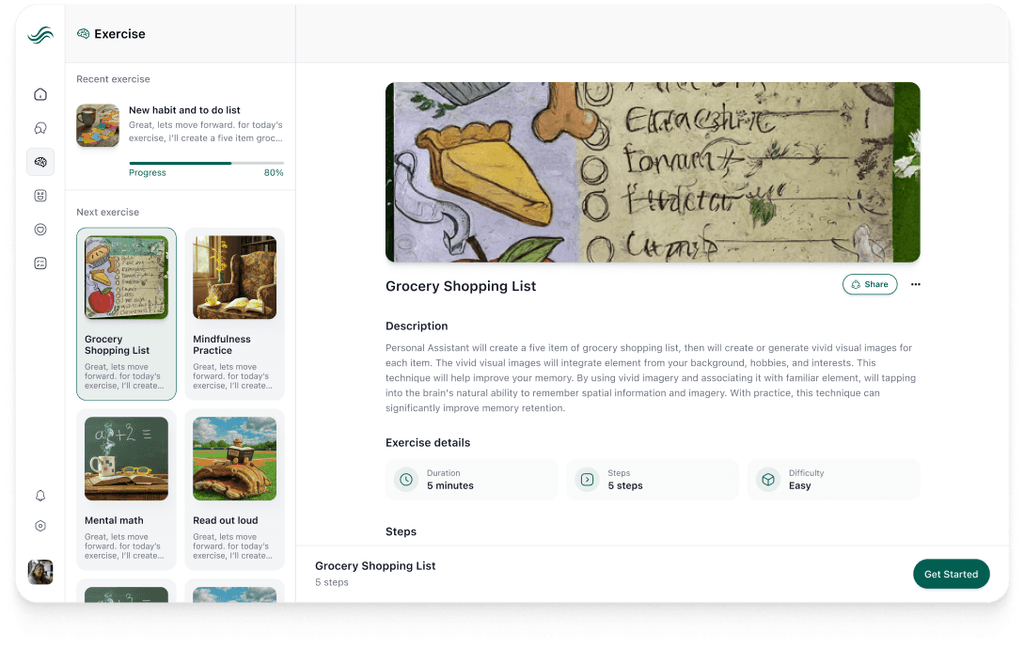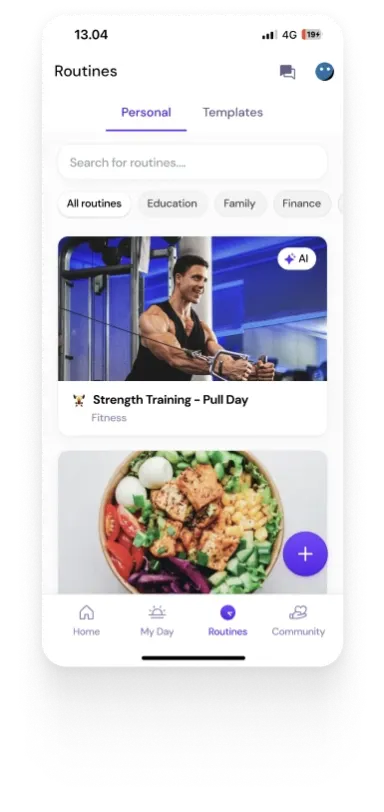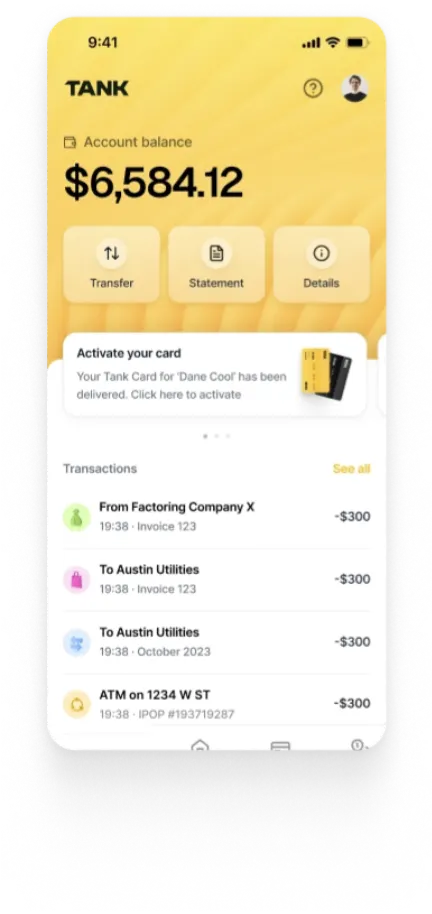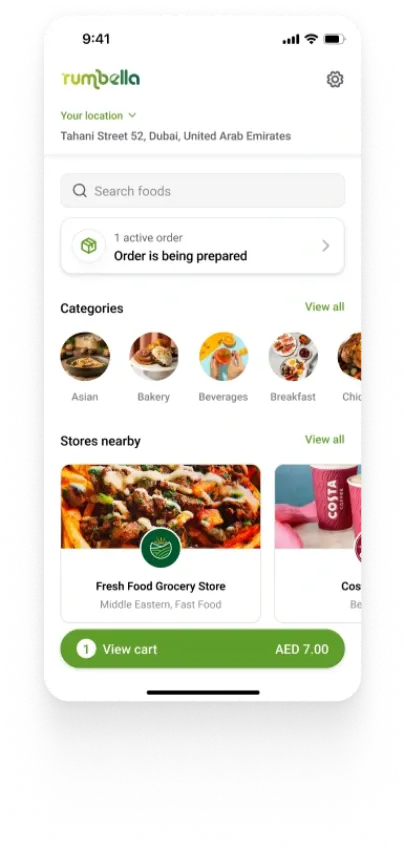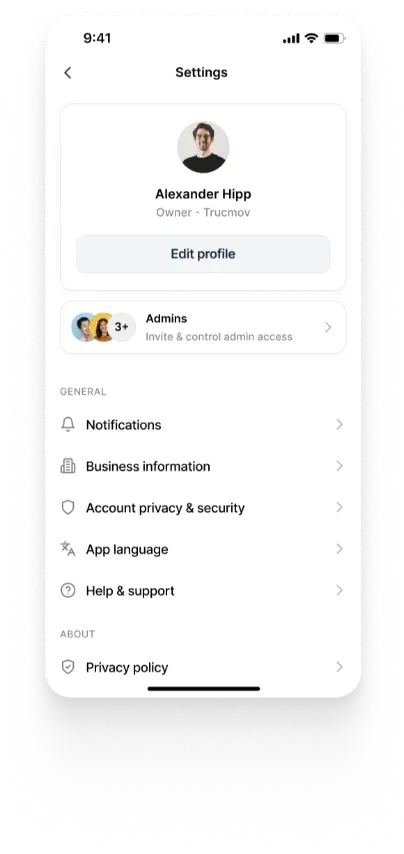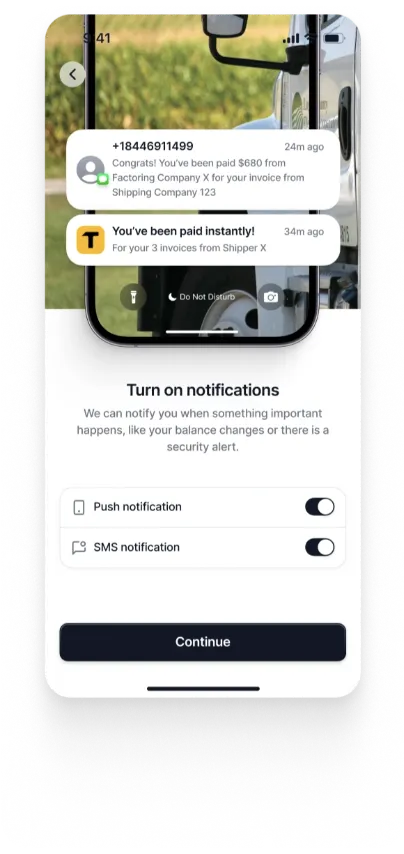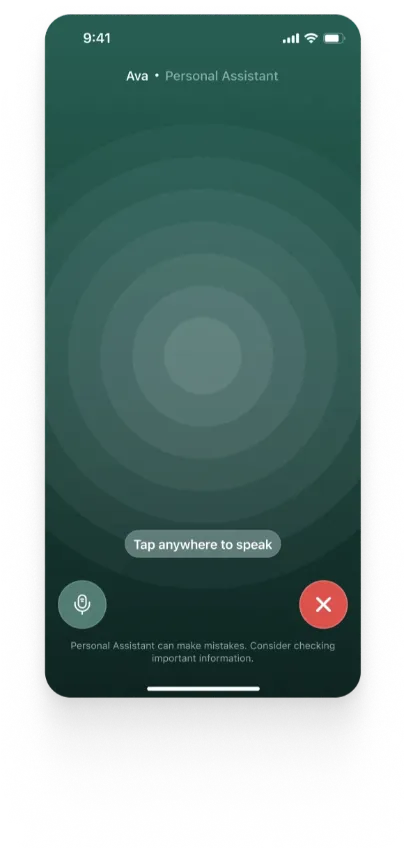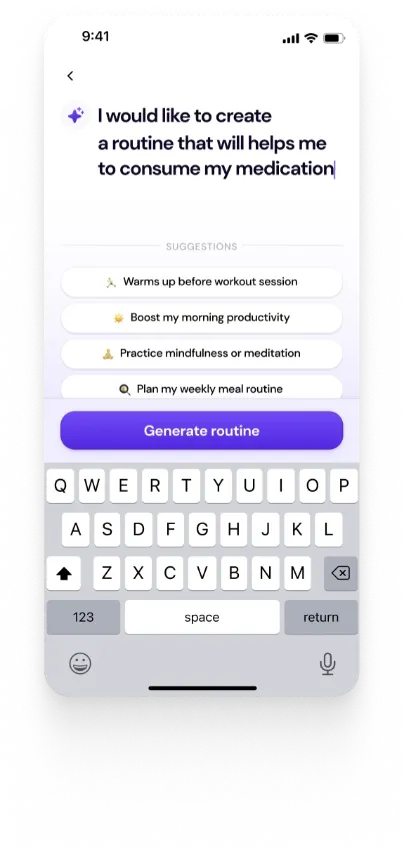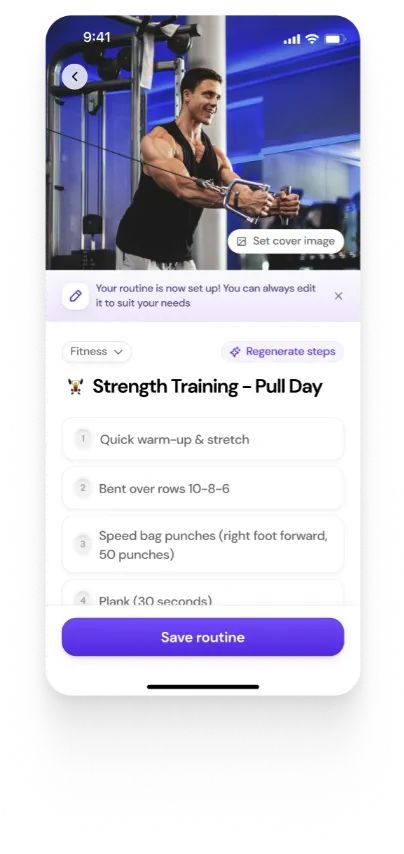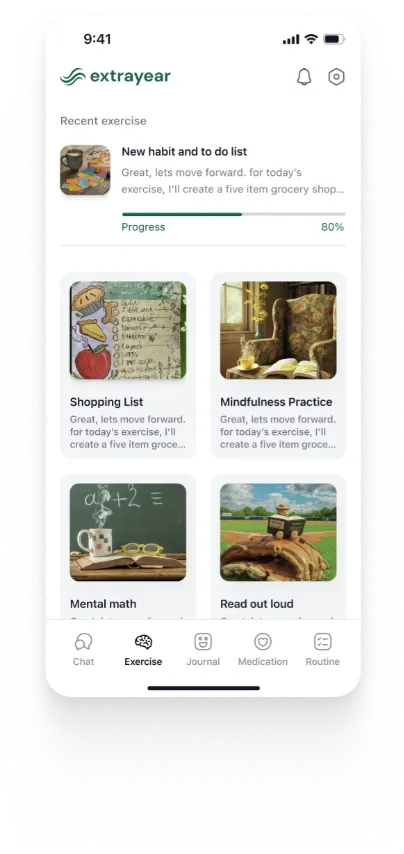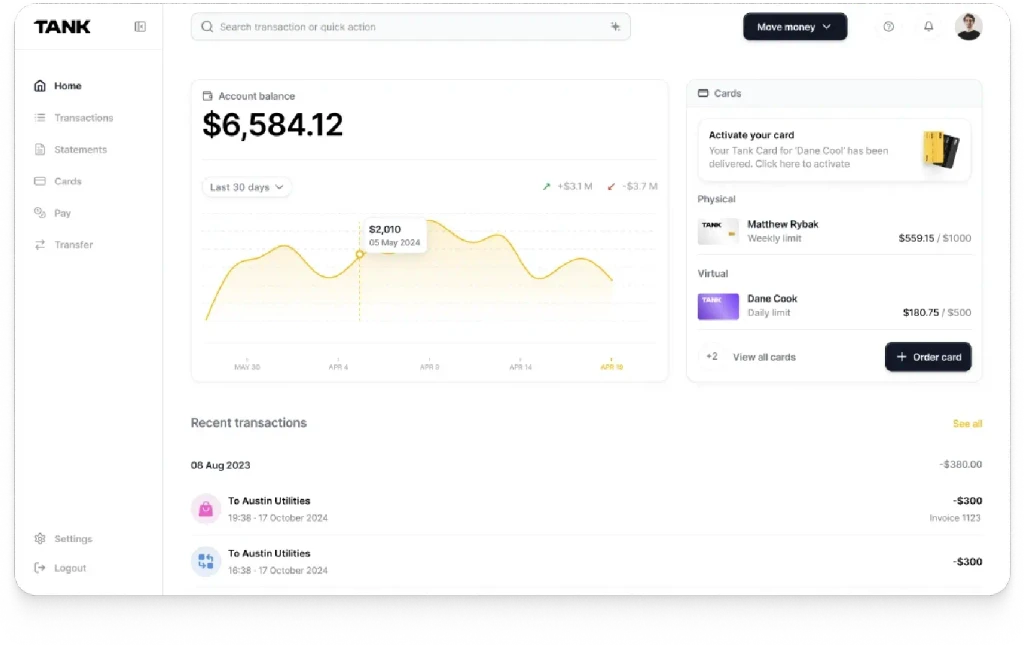Benchmarking RAG Systems: Making AI Answers Reliable, Fast, and Useful
Summary
Benchmarking Retrieval-Augmented Generation (RAG) systems ensures they deliver fast, accurate, and useful responses. It evaluates each component—from document retrieval to answer generation—to detect flaws, optimize performance, and maintain trust. Key metrics span accuracy, latency, cost, and user satisfaction.
Key insights:
RAG Combines Search with AI: It fuses retrieval engines and LLMs to create responses grounded in current, relevant data.
Benchmarking Prevents Failures: Methodical testing helps detect hallucinations, slowdowns, and irrelevant outputs early.
Key Evaluation Metrics: Precision@K, Recall@K, F1, ROUGE, and latency assess retrieval quality, coherence, and system speed.
Component-Level Testing: Teams must assess retrieval, generation, and full-pipeline performance to identify weaknesses.
Business-Driven Benchmarks: Accuracy, cost-per-query, and customer satisfaction metrics align RAG performance with KPIs.
Ongoing Monitoring is Crucial: Real-world data drift requires continuous evaluation and adaptation to sustain reliability.
Introduction
AI is evolving fast, and one of the most practical breakthroughs in recent years is Retrieval-Augmented Generation (RAG). This approach creates AI responses that are not only natural but also based on current, accurate knowledge by fusing language generation with search. Several companies already use RAG to create intelligent internal search tools, knowledge assistants, and chatbots.
However, merely creating a RAG system is insufficient, just like with any technology. The system may frustrate users, undermine trust, and ultimately fall short of providing value if it fails to reliably uncover the correct information or produce answers that are not trustworthy.
This insight aims to cover the fundamentals of benchmarking RAG, and why it matters for real-world success.
What is RAG?
Retrieval-Augmented Generation (RAG) is a way to make AI answers more accurate by combining a search step with a language model. A search or retrieval engine receives the user's query (the prompt) first in a RAG system. The engine gives the best results after locating pertinent documents or data (such as product catalogs, web articles, or corporate manuals). A pre-trained large language model (LLM), such as GPT, is then fed these recovered facts, which it uses as "grounding" to compose its answer. RAG adds new, focused data to the LLM to make the response more knowledgeable. For instance, a RAG-powered customer service chatbot might ask the LLM to output a response after retrieving a few words from a product documentation. Because the model can incorporate new knowledge that it was not specifically trained on, this helps keep replies current and relevant.

Why Benchmark RAG Systems? The Stakes for Business and Users
Benchmarking, measuring, and testing performance matter because RAG systems are only as useful as they are reliable. A RAG system that provides quick, precise, and pertinent responses can increase productivity and client satisfaction for companies and developers. But if it fails to find the right information or hallucinates (makes up) facts, it can damage trust or even lead to costly mistakes. For instance, a support bot driven by RAG that retrieves incorrect policy information could irritate users or put a business in jeopardy. "Quietly destroying trust, irritating consumers, and costing the company millions in lost revenue" is how one analyst described a RAG assistant that has great marks in theory but is uncontrolled in practice.
Through benchmarking, teams can identify these problems early. Developers can identify flaws (such as sluggish reaction time or frequent hallucinations) in a RAG pipeline before actual users do by conducting methodical tests on it. Additionally, it guarantees that the system remains stable over time because benchmarks can identify any declines in performance as documents change or the user population increases. Careful testing prevents RAG applications from taking anyone by surprise when they go live. According to one guide, Building a RAG application is just the beginning; it is necessary to calibrate its components for long-term reliability and assess its usefulness for the end user.
Benchmarking is especially important for the three components in RAG: the retrieval step, the generation step, and the system as a whole. In retrieval, failing to find relevant information (poor precision/recall) can leave the model without what it needs. Unchecked output during generation may stray from reality or even cause hallucinations. At the system level, problems like expensive or slow queries can render a solution unfeasible.
Effective benchmarking looks at all of these factors: whether the service is quick and scalable, whether the answer is true to the data, and whether the retriever is correct. For instance, testing ensures that the LLM incorporates the current context and helps prevent hallucinations and erroneous replies. By determining whether the system is retrieving important documents or irrelevant ones, it also aids in maximizing the search & retrieval process.
Developers can convert hazy confidence into concrete numbers by comparing it to known questions and timing reaction times, which has actual value. This translates to more effective help desks, fewer support escalations, and AI that helps rather than hurts business owners. For end users, it means receiving accurate responses promptly. Additionally, it gives engineers a clear indication of what has to be improved next.
Benchmarking Goals: What Matters Most
When deciding what to benchmark, RAG teams usually focus on a few key goals that span across accuracy, speed, and scale. In practice, common objectives include:
Accuracy and Relevance: How accurate and spot-on are the responses? This includes finding the correct information and then using it faithfully to generate an answer. Benchmarks can assess how factually consistent an answer is with source documents or how frequently it matches a recognized correct solution. Maintaining great accuracy contributes to trust.
Answer Quality (Coherence and Factuality): How well-written and logical is the response, aside from its obvious correctness? This examines factual accuracy and linguistic quality (fluent, readable). Errors may be introduced during the generating stage, even in cases when the retrieval was flawless. To measure coherence and veracity, testing may involve automatic "judges" or human inspections.
Speed (Latency) and Efficiency: Under load, how quickly can the system react? Real-world applications require prompt responses. Benchmarks frequently gauge throughput (queries per second) and latency (time to first token, or total answer time). Long LLM inference or slow retrieval can degrade the user experience. "Fast retrieval pipelines are pointless if they burn up compute budgets," according to one guide. To make sure the system scales reasonably, teams also monitor resource usage, including CPU/GPU time, memory, and cost per query.
Relevance of Retrieved Content. How effective is the search phase? An LLM, no matter how good, cannot respond if the retriever captures unrelated information. High recall (few missing pertinent documents) and high precision (few irrelevant documents among the findings) are the objectives here. Metrics like Precision@K and Recall@K (see the following section) can record this. High relevancy indicates that the LLM has the appropriate data to work with.
Scalability and Robustness. Can more users or more data be handled by the RAG system? The knowledge base may increase from thousands to millions of papers as businesses grow, and traffic may increase as well. Benchmarking evaluates scalability by tracking performance as concurrency and dataset size grow. Even on vast, updated corpora, a scalable system must keep its speed and accuracy.
Cost and Resource Use. In reality, teams are concerned about the cost of running RAG. This covers search and LLM call expenses for cloud or API services. Benchmarks can monitor the quantity of tokens used for each response or cost indicators (such as dollars per 1,000 inquiries). Monitoring cost optimization is essential for business ROI because it may entail caching responses, eliminating unnecessary data, or moving to less expensive models.
User Satisfaction / Business KPIs. The end objective is either business effect or customer happiness. For RAG-powered chatbots, some teams track first-call resolution rates, Net Promoter Scores (NPS), or Customer Satisfaction (CSAT) ratings. There is a gap if clients are still dissatisfied despite an improvement in the answer quality criteria. These real-world KPIs should ideally be connected to technical benchmarks (e.g., demonstrating that improved retrieval precision resulted in fewer support calls).
Benchmarking RAG is a balanced assessment that considers relevance, quality, speed, cost, and ultimately commercial value in addition to basic accuracy. For example, "95% of questions answered within 2 seconds" or "answers contain no false claims 99% of the time" are examples of target figures or thresholds that teams typically set for each goal. Having these specific objectives puts everyone on the same page.
Typical Metrics and Practices for RAG Evaluation
There are many metrics used in RAG benchmarking, reflecting its two-part nature (retrieval and generation) plus system factors. Here are common ones, explained in simple terms:
Precision@K and Recall@K (Retrieval): Precision@K answers: "How many items were truly relevant among the top K that were retrieved?" In response, Recall@K asks, "How many of all the relevant objects that exist appear in the top K?" In the case of K=5, for instance, Precision@5 = (number of relevant documents in top 5)/5 and Recall@5 = (relevant documents in top 5)/(total relevant documents). High recall indicates the search did not miss any crucial things, while high precision indicates the output contains few irrelevant results. These are the mainstays of retrieval assessment.
F1 Score (Retrieval): This is the harmonic mean of precision and recall, which is combined into a single number. It is helpful when you want a single statistic that balances both (for example, if precision and recall are equally important to you).
MRR (Mean Reciprocal Rank) and MAP (Mean Average Precision): These measures are "rank-aware." MRR considers the rank of the first right response; the higher the rank, the earlier the correct information appears. MAP provides a more comprehensive view of the entire ranked list by averaging the precision at each relevant result's position. They reward placing as many pertinent documents as you can.
ROUGE / BLEU / BERTScore (Generation): The produced response is compared to a reference (human-written) response using these metrics. Both ROUGE and BLEU examine word overlap (n-grams); for instance, ROUGE concentrates on remembering keywords, while BLEU penalizes responses that are too brief. The more recent BERTScore is better at identifying paraphrases since it evaluates semantic similarity using language model embeddings. Each of these provides a numerical score for the similarity or overlap of information. They serve as a rudimentary stand-in and are frequently complemented by further inspections.
Human or LLM-based evaluation: Teams frequently employ human judgment or AI "judges" for answer quality because automated metrics are not always accurate. For example, a small panel of reviewers could score responses based on their fluency and accuracy. Intriguingly, some workflows also employ LLMs to assess the response of other LLMs (by triggering a highly competent model to score truth and relevance). Pure math scores are unable to capture subtleties like tone and nuance, but these subjective assessments do.
Latency / Throughput: These gauge the effectiveness of the system. Latency is the amount of time it takes for each query to be completed (usually the average time from user click to final answer). The system's throughput is the number of inquiries it can process per second. For performance, both are essential. Benchmarking frequently reports metrics like "top of 100 QPS without slowdown" or "95% of answers under 3 seconds."
Cost per Query: Cloud dollars spent per 1,000 searches is one example of a cost that some teams track directly. It is frequently included in evaluation reports for stakeholders, even though it is not an official statistic. It is typical to want to lower this without sacrificing precision.
User Satisfaction (CSAT/NPS): User happiness is a key performance indicator in apps that interact with customers. User surveys and simulated user scores are occasionally used in benchmarking. NPS and CSAT are even mentioned in one source as business KPIs connected to RAG performance. It serves as a reminder that an effective benchmark should ultimately correlate with satisfied users or successful business outcomes rather than just high technical ratings.
In addition to metrics, teams use standard evaluation practices. For instance:
Test on curated QA sets: Make a list of inquiries with well-known responses (from your field). A "golden" test set is formed by these. For scoring, you compare each response provided by the RAG system to the predicted response. Many initiatives create their datasets tailored to their content or modify publicly available datasets (such as SQuAD or Natural Questions). This guarantees that actual queries are used to test the system.
Separate Retrieval vs. Generation tests: Frequently, benchmarks use the retrieval metrics mentioned above to assess the retriever alone (e.g., "Did the search engine pull up the right docs?"). In order to separate generation quality, they then examine the LLM's responses (feeding in an ideal situation). This makes it easier to determine if a weakness is in the LLM or the search.
End-to-end testing: Many teams conduct end-to-end evaluations, in which the query runs through the complete pipeline, in addition to component tests. The actual user experience is simulated here. To monitor both the aforementioned metrics and other human elements (such as a qualitative score for each response), you could, for instance, send a batch of queries through the live pipeline.
A/B Testing and Real-User Trials: In addition to offline testing, astute teams frequently do A/B testing against a baseline or roll out their RAG system to a small user population. This identifies problems that synthetic tests could overlook and records actual usage trends. You can only detect this by seeing how users interact with the system; for example, they may ask questions in various ways or require additional explanation.
Continuous Monitoring: The work is not finished until it is under production. To detect drift, RAG systems should be routinely benchmarked (for instance, using dashboards or automated tests every night). A retrieval score of 90% may drop to 80% if fresh documents are not well-indexed because data can change over time. If metrics decline, developers are notified using tools like custom scripts or RAG-specific evaluation frameworks.
Best Practices and Tips
Benchmarking RAG is an ongoing process. Here are some practical tips that teams often follow:
Build and update test datasets: Compile excellent sample questions and responses for your domain. As new subjects come up, keep them informed. Working with subject-matter experts to label data may be necessary for specialized sectors. Evaluation becomes tangible when such "golden" Q&A sets are used.
Simulate real usage: Do not limit your testing to simple, quick queries. If applicable, incorporate multi-turn conversations, noisy input (typos, insufficient information), and unclear or multi-part requests. Real users frequently ask imperfect questions. These situations can be simulated to uncover underlying problems.
Measure each component and the whole: Examine the generator alone ("How many answer terms match a reference?"), the retriever alone ("How often is a relevant document in the top 3 results?"), and the combined pipeline ("Is the final solution correct?"). You may then fine-tune any component without confusion.
Use a mix of automated and human checks: For speed and repeatability, use automated measures; nevertheless, for key inquiries, in particular, incorporate a periodic human assessment. One approach, for instance, involves having people grade a weekly random sample of responses. Another is to substitute an LLM for a human judge in an automated manner.
Monitor live performance and user feedback: After deployment, get user evaluations or comments on responses. Track those, for example, if a chatbot offers a "thumbs up/down" option. Link your technical logs to any user concerns. The relationship between benchmarks and user satisfaction is crucial. According to one guidance, "align stakeholders" by establishing KPIs that are important to the company, such as user engagement, compliance rates, or call center cost savings, and ensure that your technical measures support those objectives.
Iterate continuously: RAG systems get better over time. To see whether you are making progress, periodically rerun benchmarks following modifications (such as upgrading the index or adjusting prompts). To compare various models or search algorithms side by side, use version control for your test suite.
Teams maintain the effectiveness of their RAG systems by adhering to these procedures. In real-world applications, a well-benchmarked RAG solution will adapt to changes, feel more responsive, and provide more accurate responses—all of which increase user confidence in the technology.
Conclusion
Retrieval-Augmented Generation holds great promise: AI assistants that can intelligently respond to inquiries by applying new, company-specific knowledge. However, we must rigorously monitor success if we are to fulfill that promise in the actual world. By using benchmarking, we can transform AI from an unreliable tool into a useful one. We may direct RAG systems toward usefulness by establishing specific objectives (such as speed, relevance, and accuracy) and assessing them using appropriate metrics (precision, recall, ROUGE scores, latency, etc.)
Authors
Build Trust with Smarter RAG
Walturn engineers and fine-tunes RAG pipelines to be scalable, accurate, and user-centric. Get robust, benchmarked systems powered by AI.
References
HeidiSteen. “RAG and Generative AI - Azure AI Search.” Microsoft.com, 15 Apr. 2025, learn.microsoft.com/en-us/azure/search/retrieval-augmented-generation-overview?tabs=docs.
Myriel, David. “Best Practices in RAG Evaluation: A Comprehensive Guide - Qdrant.” Qdrant.tech, 2024, qdrant.tech/blog/rag-evaluation-guide/.
PrajnaAI. “From Benchmarks to Business Impact: Evaluating RAG Systems End-To-End.” Medium, 18 Nov. 2024, prajnaaiwisdom.medium.com/from-benchmarks-to-business-impact-evaluating-rag-systems-end-to-end-9213ba063474.
“RAG Evaluation: Don’t Let Customers Tell You First | Pinecone.” Www.pinecone.io, www.pinecone.io/learn/series/vector-databases-in-production-for-busy-engineers/rag-evaluation/.
Roy, Partha Sarathi. “RAG Architecture Analysis: Optimize Retrieval & Generation.” Maxim Blog, 25 Nov. 2024, www.getmaxim.ai/blog/rag-evaluation-metrics.














